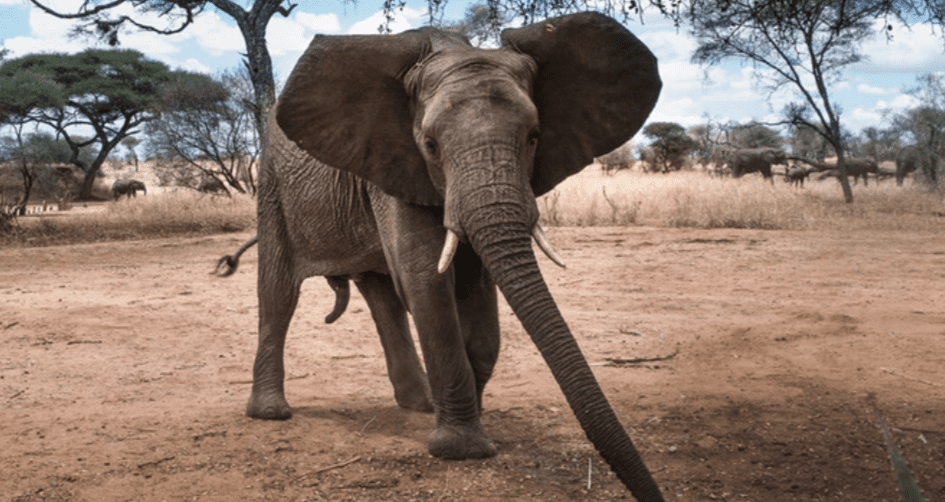One of nature’s great tragedies is how poachers heartlessly stalk and kill beautiful animals for trophies. Of all the targeted animals, probably the most recognized are the elephants that are killed for their tusks. In fact, so many elephants are killed every year for their ivory that elephants are starting to be born tuskless.
That’s right – they’re evolving.
Usually evolution takes many thousands or millions of years, but it looks like humans can change that. It only took a few decades of extreme poaching pressure on elephant populations before the animals started losing their highly-prized tusks (we should specify that this is happening in wild African elephant populations).

Photo Credit: Unsplash, Benjamin Pley
In Mozambique, 51% of the female elephants that survived the horrific civil war from 1977 to 1992 never developed tusks, even though only 2% to 4% of African elephants in general don’t grow them. This was after a time when 90% of the elephant population in that country’s Gorongosa National Park was slaughtered for their tusks to fund the war. On top of that, 32% of the next generation of Mozambique’s female elephants were tuskless.

Photo Credit: Flickr, tontantravel
It’s happening in other parts of Africa as well. It’s been reported that female elephants in Tanzania, South Africa, and Zambia all have higher-than-average rates of no tusks.
Poaching is on the decline(ish), but sadly it is still a major problem in Africa and across major biodiversity hotspots. The elephant population fell by half in East Africa from 2008 to 2018 – an astonishingly quick decline.
Hopefully, we will continue to see progress on this important issue, but it will take all of us to save these beautiful animals.






